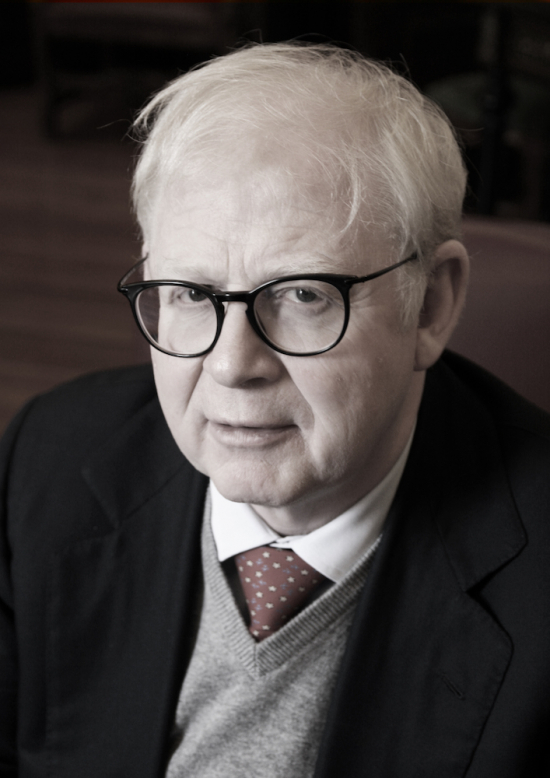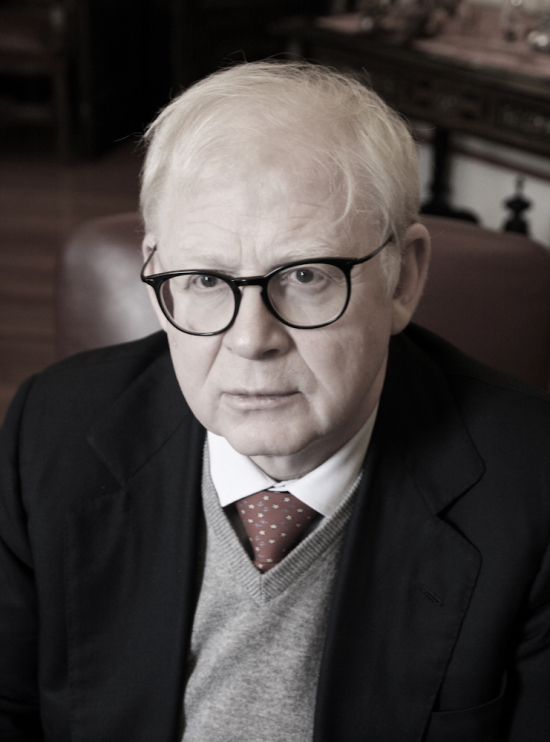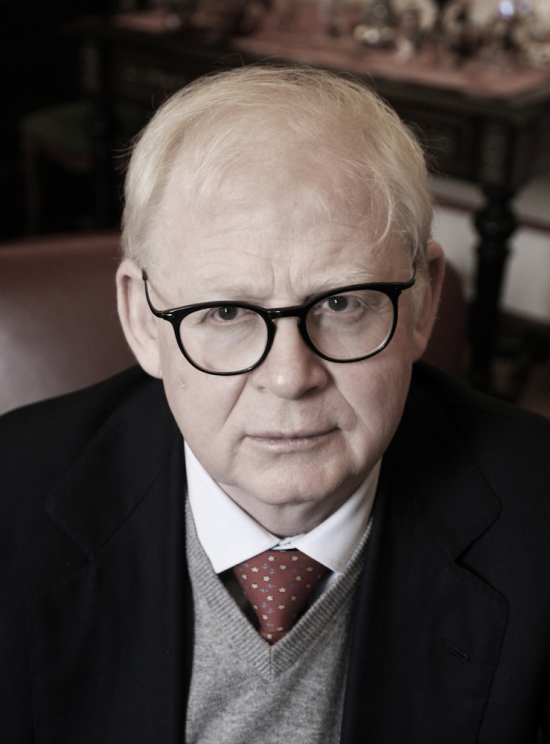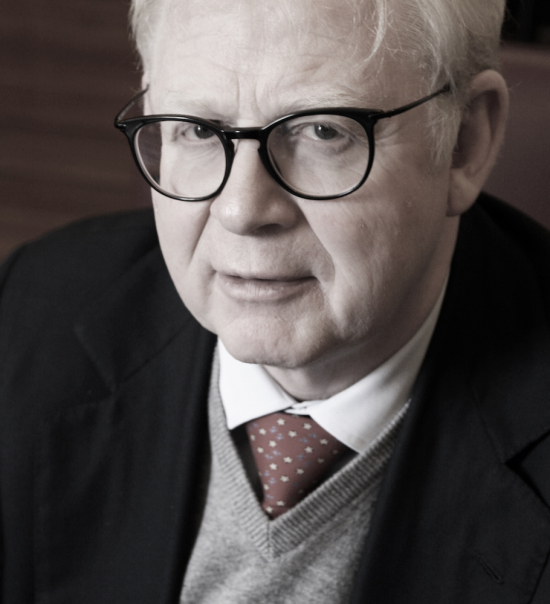RODOLFO MASTO
by Lina Vergara Huilcamán
“There was once in Milan, in via Clericetti, a beautiful school named after Antonio Scarpa, where people like me used to attend normal classes with all the aids we needed: we were seated just in front of the blackboard, my notebook was grey with green lines to avoid reflections... and thanks to that school and to the following studies, I could complete my education. I’ve also been lucky: the right man at the right time in that moment, and I’m really pleased with what I did in my life. Living everyday next to people who cannot see anything, or who never saw anything, I’ve always had some perplexities on the subject of painting for the blind, and I think a distinction should be made between the blind who have never seen and the ones who can remember how it was to be sighted. And I believe that what really makes the difference are the means and knowledge the blind person can use to relate to culture and, in this specific case, to works of art. In front of a painting by Caravaggio, for example, two blind persons with a different cultural competence will certainly feel different sensations. A person who doesn’t see but has studied art knows terms as ‘hatching’ and ‘drapery’, and therefore the perception of the painting will be different from the one of a person who doesn’t know these concepts. I think it’s all about this: the cultural tools we can use to approach life in all its aspects. The Institute of the Blind once used to be also a residence, with men living in the right wing, women in the left one, and a common area in the middle. Today it’s all different: now we go into schools, and the spaces of the Institute host several activities. We’ve also rent out some rooms to the Municipality to host a Middle School specialising in music. The Institute takes care of 320 pupils, plus 40 more studying at the University in Milan. We offer different kind of services depending on the educational level. We practice typhlology*, we visit schools and work with teachers, special ed teachers and other professional figures involved in the education of the persons we take care of, in order to reach the educational goals that have been set out for them. We have a top-class centre for the provision of typhlodidactic materials, to teach children using several learning channels – which means also promoting them – from the cultural one to the recreational. We are specialized in providing materials to support the educational process. I am the president of another institution in Rome that produces children books, with a special attention for materials and colours. If you give a group of children a traditional book in braille, they will lose interest in ten minutes; if you offer them a book that features not only braille but also different colours and materials, it will catch the attention of all kids (especially the ones in the last years of pre-school or in the first grade of primary school), both sighted and not: and so, you’ll have taken a first step towards integration. We also organise training courses for the professions often carried out by partially sighted people. Furthermore, thanks to an IT centre and to a specific training centre, we give professionals who have become blind, such as lawyers and journalists, the chance to recover some of their skills so that they can keep working. At the moment, we support ourselves thanks to anger, since we don’t receive enough public funding, and the little funding we receive always comes late, so we can survive thanks to charity, but we operate at a loss, and furthermore we pay taxes. There is not such a thing like a pre-set code to deal with life, sight and sensations: everyone of us feels differently, we’re all like islands and this is even more true when it comes to sight. We once gathered two hundred partially sighted people, and some ophthalmologists tried to demonstrate how these people saw: some of them saw in white, some in black, some could see just in one colour or couldn’t see a specific colour… it depends on each one’s processing. But the approach of a blind person to the world depends on culture, which is why we focus on training and education.
This interview took place by chance on December 13, 2017, on Saint Lucy’s day. I entered this magnificent building in the centre of Milan, with its huge stairway overlooking an imposing gallery of portraits of its major benefactors, as I could find out later, including the founder of the Institute of the Blind, Michele Barozzi, depicted with the first two blind children he took care of. I ventured inside moved by curiosity, without knowing what I was exactly looking for, and I came out of there with a great truth: culture is what makes the difference between a human being and another; culture is what creates equal or better opportunities. These lines are mainly about education, training, integration; and these are concepts that don’t apply only to the world of blind.
* Typhlology is the scientific study of the conditions and problems of visually impaired people (whether blind or partially sighted), in order to provide solutions to fully achieve social and cultural integration. (source: wikipedia.it)





